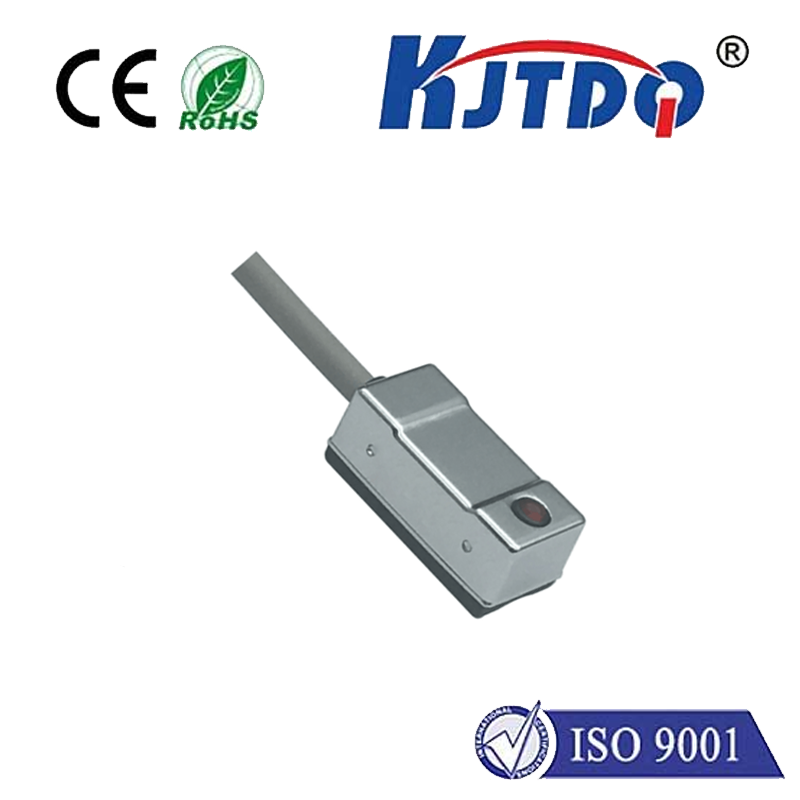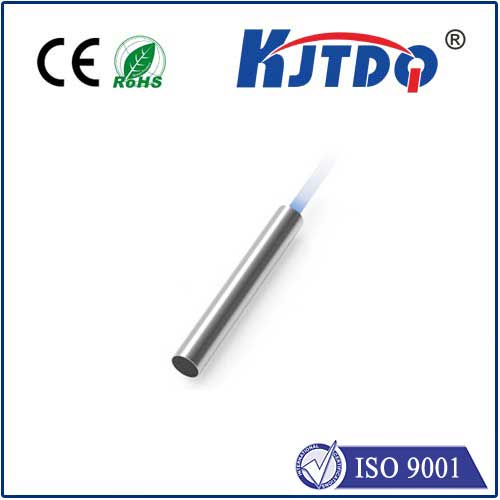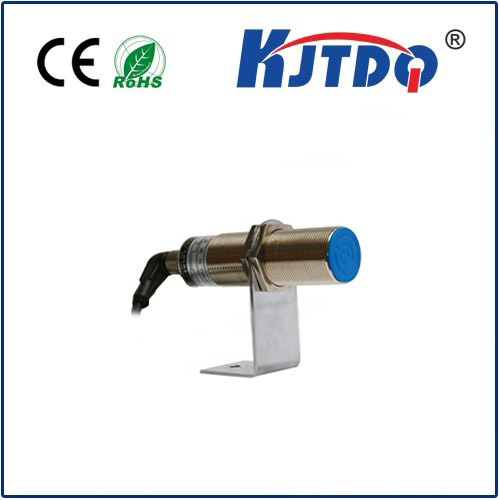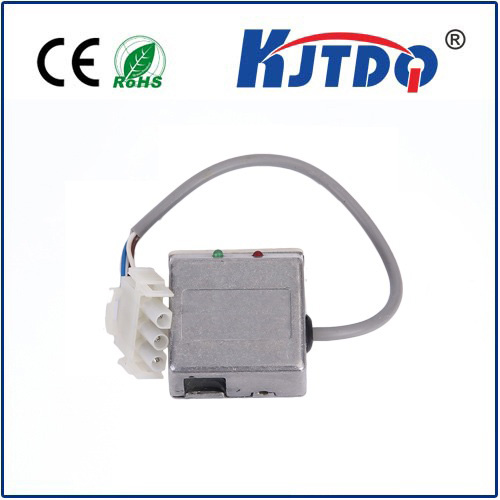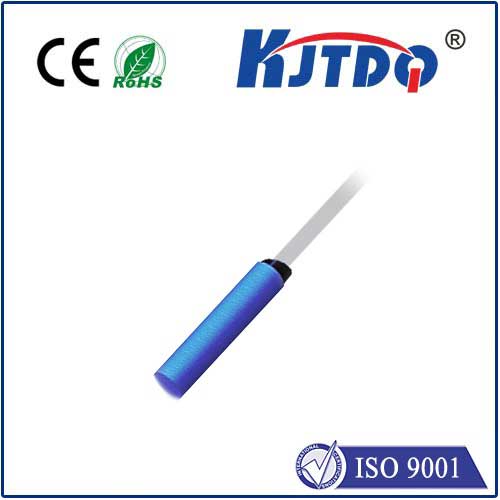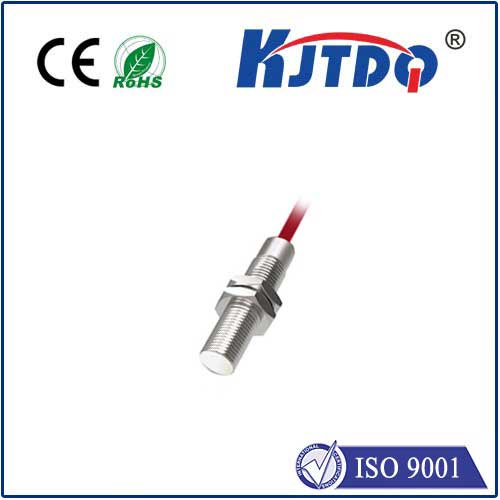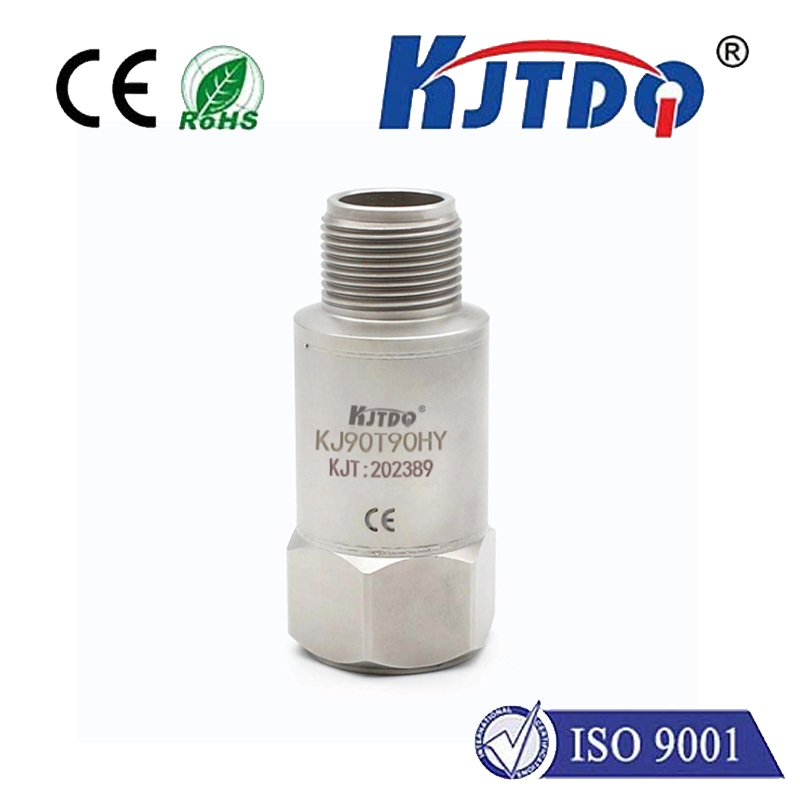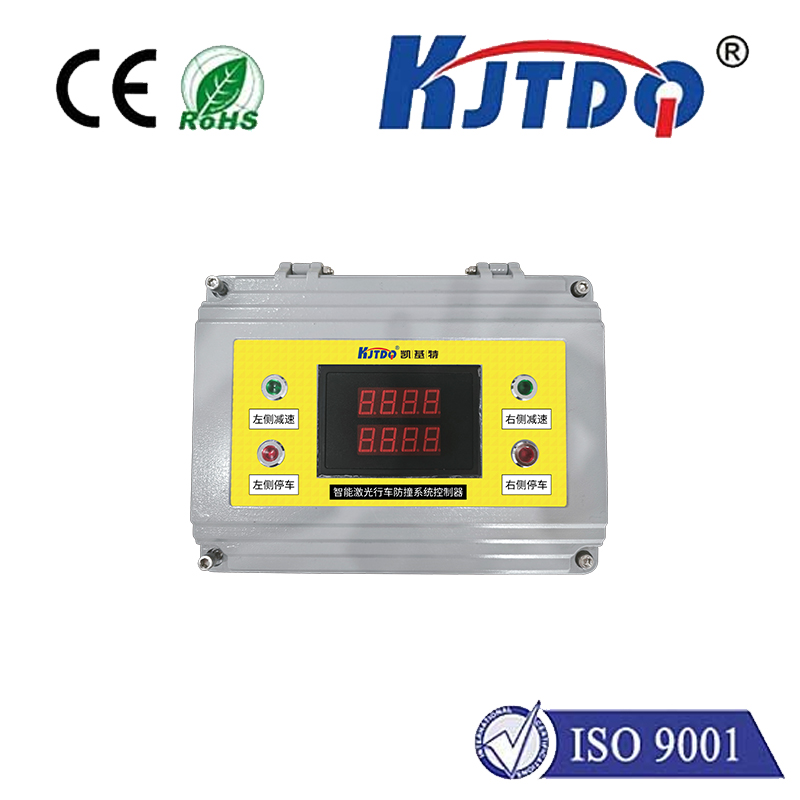
check

check

check

check
Title: The Advantages of High Temperature Capacitive Proximity Sensors
In the world of industrial automation, sensor technology plays a crucial role in detecting and measuring physical quantities. One type of sensor that has gained popularity due to its unique features is the high temperature capacitive proximity sensor. In this article, we will explore the advantages of using high temperature capacitive proximity sensors in various applications.
Firstly, let's understand what a high temperature capacitive proximity sensor is. A capacitive proximity sensor works on the principle of capacitance changes when an object comes close to it. It consists of two conductive plates separated by a dielectric material. When an object approaches the sensor, it alters the electric field between the plates, causing a change in capacitance. This change is detected by the sensor circuitry and used to determine the presence or absence of the object.

High temperature capacitive proximity sensors are designed to operate in extreme temperature conditions, typically ranging from -40°C to +250°C or even higher. These sensors are made of materials that can withstand high temperatures without losing their functionality or accuracy. They are ideal for use in industries such as automotive, aerospace, food processing, and oil and gas extraction, where high temperatures are common.
One of the significant advantages of high temperature capacitive proximity sensors is their ability to work in harsh environments. These sensors are not affected by dust, moisture, or other contaminants that can interfere with the operation of other types of sensors. They also have a long lifespan and require minimal maintenance, making them cost-effective in the long run.
Another advantage of high temperature capacitive proximity sensors is their accuracy and reliability. They provide consistent readings regardless of the temperature variations, ensuring that the system remains stable and efficient. This makes them particularly useful in applications where precise measurements are critical, such as in quality control processes or safety monitoring systems.
Furthermore, high temperature capacitive proximity sensors offer excellent sensitivity and fast response times. They can detect small objects at very short distances, enabling them to be used in applications where space is limited or where quick detection is required. This feature also allows for more compact sensor designs, which can be easily integrated into existing systems.
In addition to their technical advantages, high temperature capacitive proximity sensors offer flexibility in terms of installation and configuration. They can be mounted on various surfaces, including metal and non-metal materials, and can be customized to fit specific application requirements. They can also be used in conjunction with other sensor technologies to create more complex sensing systems.
In conclusion, high temperature capacitive proximity sensors offer numerous benefits over traditional sensors, making them an ideal choice for applications requiring robustness, accuracy, and reliability in high temperature environments. Their ability to withstand harsh conditions, provide consistent readings, and offer fast response times make them an essential component of industrial automation systems. As technology continues to advance, we can expect further improvements in these sensors' performance and capabilities, opening up new possibilities for their use in various industries.
